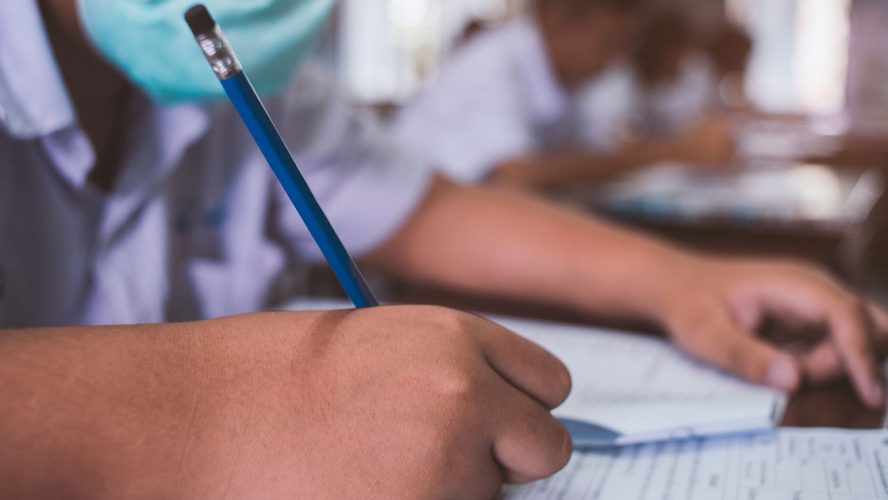While ensuring that school buildings meet safety requirements will require hard work, local school leaders can use some simple strategies.
Regrettably, the education industry is struggling to adopt to the pandemic. According to the National Center for Education Statistics, the average age of a school building is 44 years old.
Fortunately, America’s public schools have inventive professionals capable of rising to this challenge. Local school board members can facilitate the collaboration needed to transform schools into modern, well-designed, and safe environments.
Rethink
At a recent conference, the National School Boards Association (NSBA) presented seven questions on evaluating the risk level of certain settings. Questions included how long, how close, how many people are in a space, and whether there are points of high congestion.
Let’s use school hallways as an example. Using CDC guidance, school officials can institute directional guidance in hallways to control traffic flow, reconsider schedules and room assignments, and strategically place staff to monitor movement.
Invest
The CDC recommends schools consider ventilation system upgrades — an important step for the 30 percent of school buildings whose ventilation systems were rated as “fair” or “poor” in 2016. Schools will also need to invest in updated technology and infrastructure.
Of course, schools are already hamstrung by budget limitations. That’s why NSBA is working with the Biden administration to make funding K-12 education infrastructure a top priority.
Districts can save time finding a qualified, compliant service provider by using BuyBoard, a free-to-join online purchasing cooperative formed by NSBA and several of our state associations.
Look ahead
In a spring 2020 RAND survey, principals listed “planning for future school closures or other emergencies” as a top priority when school buildings reopen. Creating comprehensive plans will ensure schools can pivot their physical spaces when the next disaster strikes.
As schools reconsider how they use their spaces, they should also reimagine what the ideal classroom could look like and how technology can play a role.

